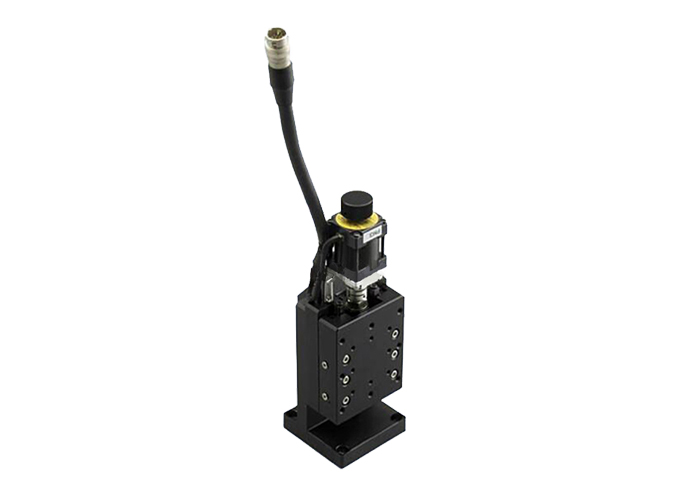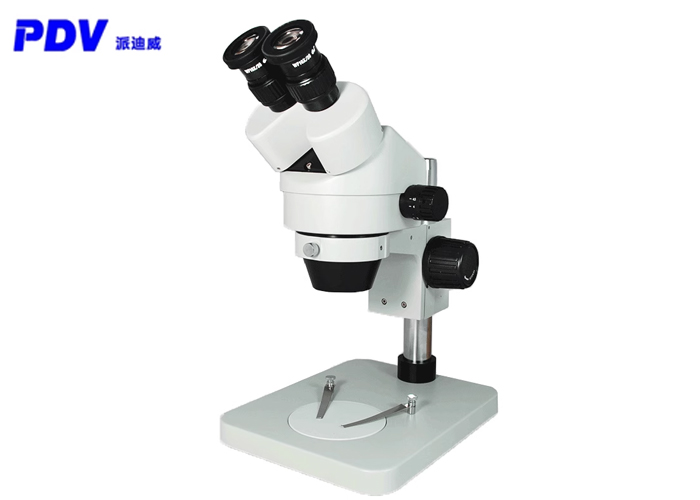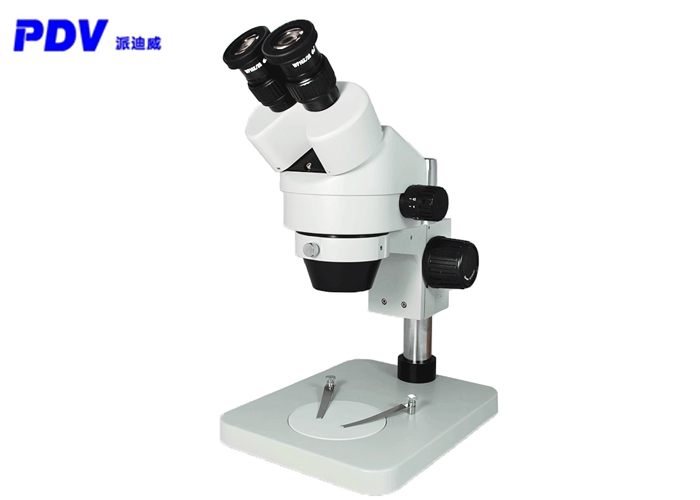The lightning protection of Precise Electric Rotating Machine is much more difficult than that of transformers, and the lightning accident rate is often higher than that of transformers. This is because the rotary electric machine has some characteristics different from the transformer in terms of insulation structure, performance and insulation cooperation.
(1) In the electrical equipment of the same voltage class, the insulation impact withstand voltage level of the Motorized Linear Stage is the lowest.
The reasons are: 1 The motor has a high-speed rotating rotor, so it can only use solid media, and can not use a solid-liquid (transformer oil) medium combination insulation like a transformer, the solid medium is easily damaged, hollow or cracks easily appear in the insulation Therefore, during the operation process, partial discharges are likely to occur, resulting in deterioration of insulation. 2 The operating conditions of the motor insulation are the most severe and are subject to the combined effects of heat, mechanical vibration, moisture in the air, pollution, electromagnetic stress, etc., and the aging speed is faster. . Therefore, the motor's rated voltage and insulation level cannot be too high.
(2) The residual voltage of the lightning arrester used to protect the rotating electrical machine is close to the impact withstand voltage value of the motor, and the insulation margin is small.
For example, the test value of the generator's factory impact withstand voltage is only 25%~30% higher than the 3kA residual voltage value of the zinc oxide arrester, and the magnetic blowout arrester margin is smaller, and the insulation margin will be lower with the generator operation. Therefore, the protection of the motor by lightning arresters is not enough, and it must be combined with capacitors, reactors, cable sections, etc. for protection.
In short, the lightning protection of rotating electrical machines requires high requirements and is difficult. It is necessary to fully consider the requirements for the main insulation, inter-turn insulation and neutral insulation of windings.














